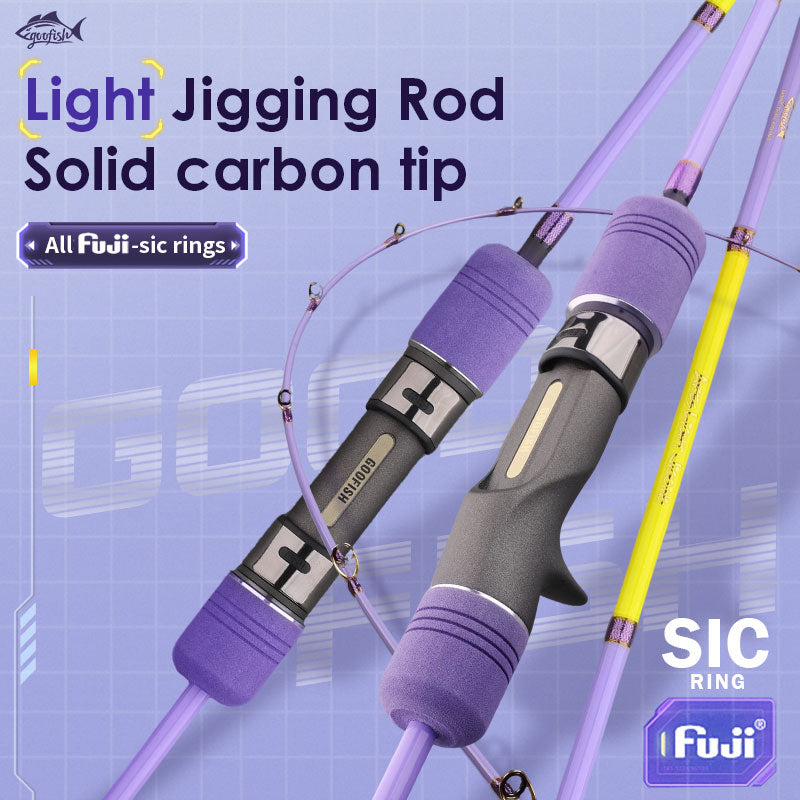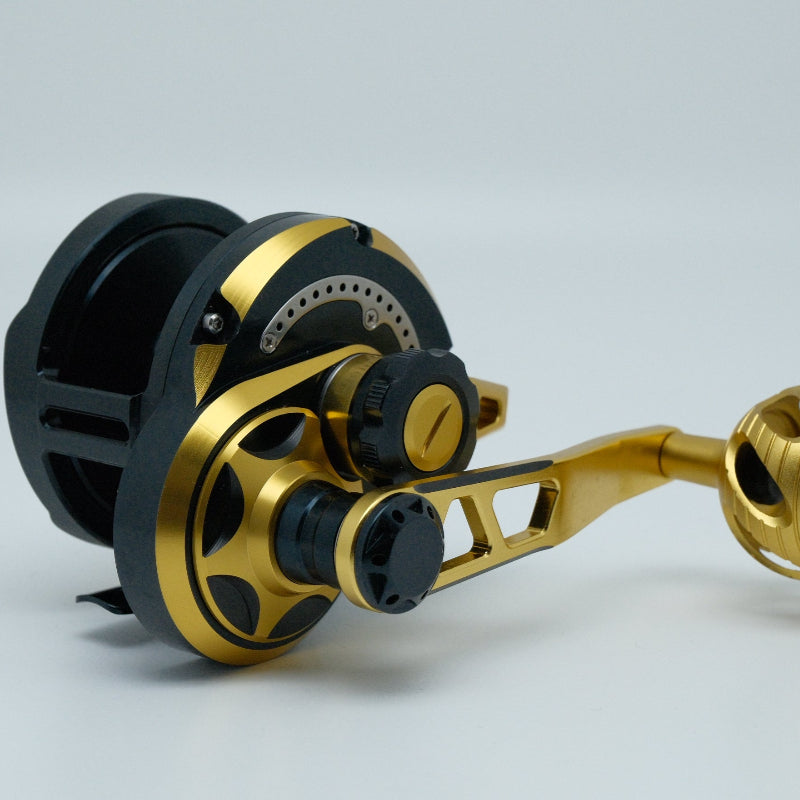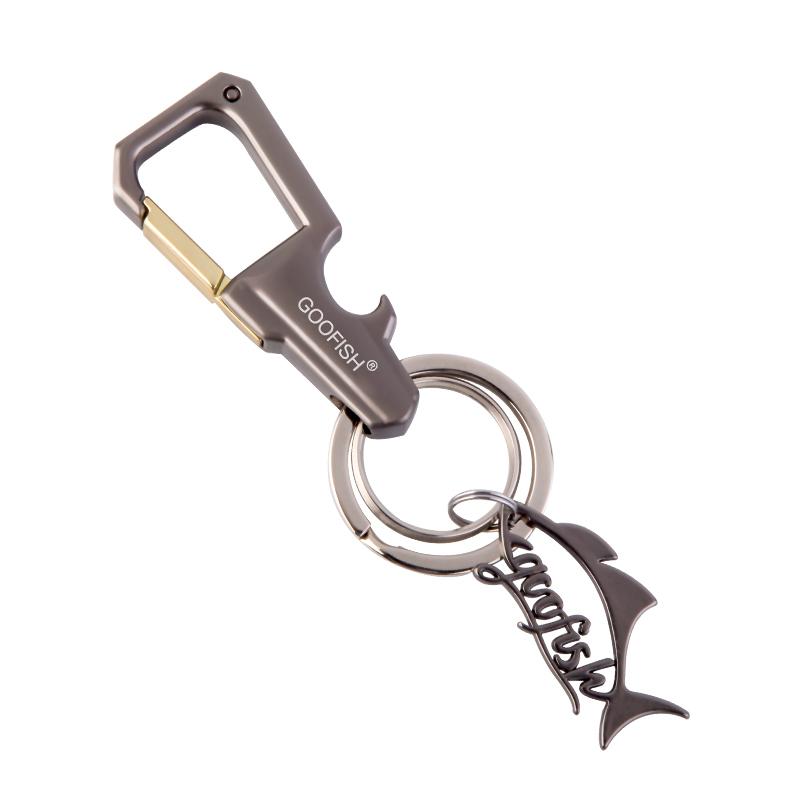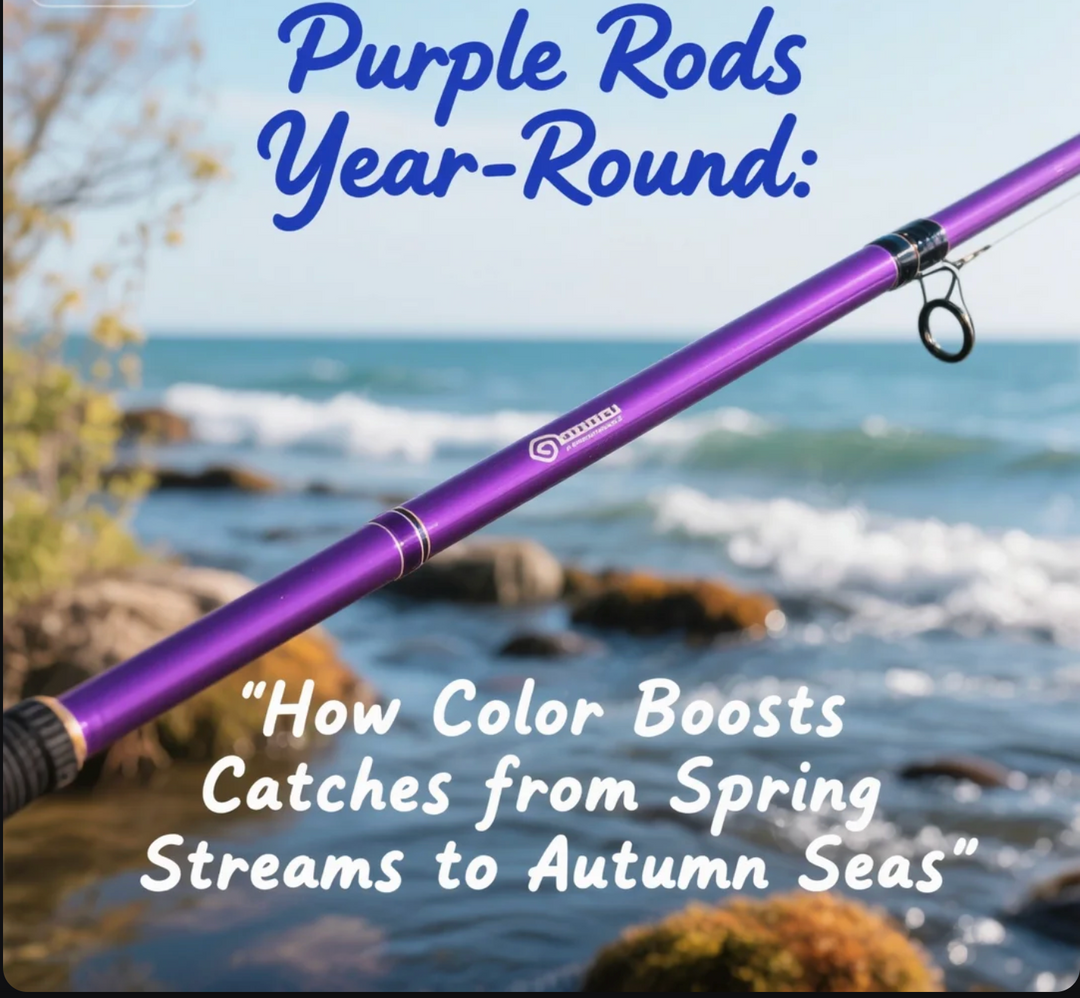Travel Rod vs Regular Rod: Key Differences? (Expert Breakdown for Anglers on the Move)
Picture this: You’re deep in Glacier National Park, boots crunching on pine needles, and a glint catches your eye—rainbow trout darting in a crystalline stream. You reach for your trusty regular fishing rod… only to realize it won’t fit in your backpack. Frustrating, right? That’s exactly how I felt last fall, stuck between a missed catch and a heavy load. Now? I’m a travel rod convert—here’s why, plus everything you need to know about travel rod vs regular rodbattles.
1. Design & Portability: Why Travel Rods Are Built Different
Let’s start with the obvious: shape. A regular rod is one solid piece (or maybe two), standing 6–9 feet tall. Handy for dock fishing or car camping—but try stuffing that into a backpacking gear bag. Travel rods? They’re multi-piece wonders(think 4-piece spinning rod for hiking, 5-piece, even 6-piece designs). Most collapse to 18–24 inches, so they slide into a daypack like a water bottle.
How? High-tech materials. Top - tier travel rods use high - modulus carbon fiber—lightweight but tough as nails. For example, my Goofish Travel Rod weighs less than 2 ounces (yes, ounces) and has a 4 - piece design. Compare that to my old regular spinning rod: 6 pounds, 7 feet long, and zero chance of fitting in a hiking pack.
Pro tip: Look for travel rods with seamless ferrules (the joints between sections). Poorly made ones wobble when casting—trust me, I learned the hard way on a trip to the Smoky Mountains.
2. Performance: Strength, Sensitivity & Action
Here’s the myth: “Travel rods are weak.”Wrong. Modern travel rods are engineered to match (or beat) regular rods in key areas:
-
Action: Fast - action travel rods flex near the tip, ideal for casting light lures (like midge flies for trout). Slow - action? Better for heavy baits, but rare in travel designs (who wants a noodle for backpacking?).
-
Power Rating: Ultralight to medium - heavy—just like regular rods. My go - to travel rod? Medium - light, perfect for panfish and small bass.
-
Sensitivity: Carbon fiber transfers vibrations better than fiberglass (common in older regular rods). On a Wyoming stream, my travel rod’s sensitivity let me feel a 10 - inch brook trout nibble—no missed bites!
Data point: Angler’s Journal tested 10 travel vs. regular rods. In “max drag test,” top travel rods handled 18–20 lb test line (enough for most trout/walleye). Only premium regular rods matched that, but they weighed 3x more.
3. Use Cases: When to Grab Which Rod?
This is where travel rod vs regular rodreally matters—your adventure type dictates the choice:
|
Adventure Type |
Winner |
Why? |
|---|---|---|
|
Backpacking/Hiking |
Travel Rod |
Weight + packability = non - negotiable. Example: My 4 - day Appalachian Trail trek? Travel rod + ultralight reel = 1.5 lbs total. Easy. |
|
Car Camping/Boat |
Regular Rod |
More power, longer length (7–9ft) for big water/bass. No need to baby gear. |
|
Weekend Cabin |
Either! |
If you hike 5 mins to the lake, travel rod works. If you drive up? Regular rod for comfort. |
My story: On a recent trip to Acadia National Park, I brought both. Hiked 2 miles to a waterfall? Travel rod. Drove to a jetty? Regular rod. Flexibility = more fish (and less regret).
4. Gear Synergy: Pairing Travel Rods with the Right Tools
A travel rod shines when paired with the right backpacking fishing gear:
-
Reels: Micro spinning reels (like Daiwa’s 500 series) or compact baitcasting reels. Lighter than regular reels, so your 4 - piece rod stays balanced.
-
Line/Tackle: 8–12lb braid + fluorocarbon leader. Light enough for finesse fishing, strong enough for surprises.
-
Packs: Backpacking fishing packs (think Fishpond’s Rogue River Satchel) have rod sleeves and gear loops—no more tangled mess.
Why it works: Regular rods pair with bulkier gear (big reels, heavy lures). Travel rods? Designed for minimalist, high - performance setups.
5. Debunking Myths: Travel Rods Aren’t “Compromised”
Let’s crush the stigma: Travel rods aren’t “lesser” versions—they’re specialized. Here’s why:
-
Material Science: Fusion technology (seamless rod blanks) and nano - resins make modern travel rods as strong as mid - range regular rods. Field & Stream lab tests proved this—top travel rods matched regulars in tensile strength.
-
Real - World Proof: I once hooked a 20 - inch walleye in Lake Superior with my travel rod. It bent like a banana but didn’t snap. Landed the fish, then high - fived my buddy (who was using a regular rod and jealous of my packability).
Final Verdict: Which One’s Right for You?
If you’re a hiker, backpacker, or ultralight enthusiast, a 4 - piece spinning rod for hiking (or similar travel rod) is a game - changer. No more leaving your rod at home—now you can chase trout in alpine streams or bass in remote lakes.
If you’re a boat angler, car camper, or bass fanatic, regular rods offer raw power and comfort. But even then, a travel rod is perfect for “side quests” (think: shore fishing after a day on the water).
Drop a comment: Ever tried a travel rod? Regret it or love it? Got an epic hiking fishing story? Share below—I’d love to hear it! 🎣











Leave a comment